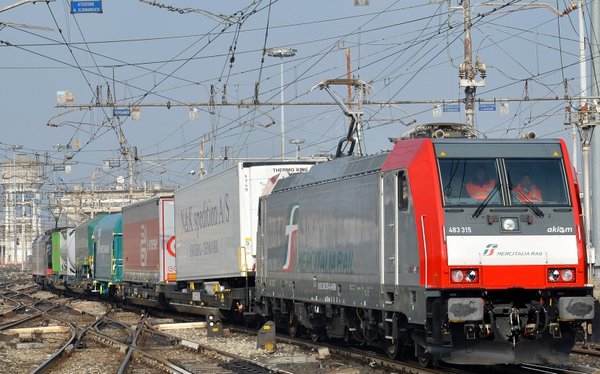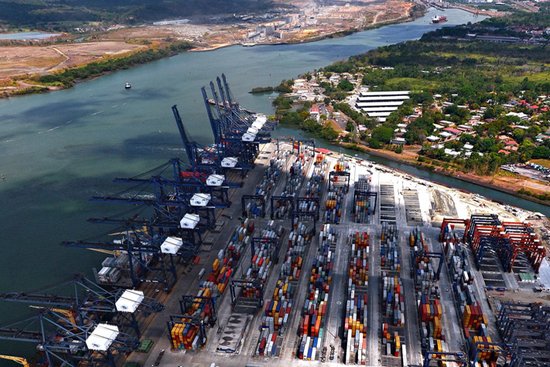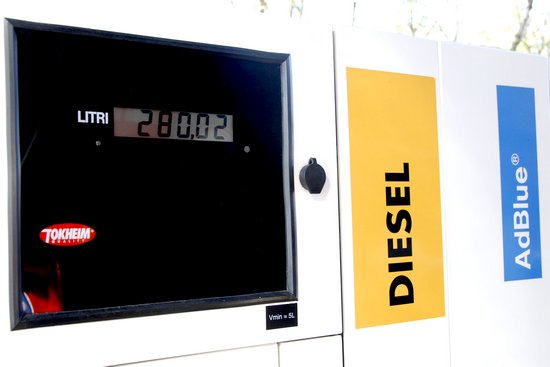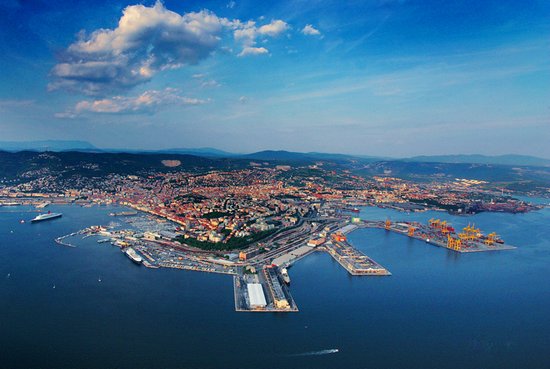On April 14, 2024, the European Parliament passed new regulations on the Ten-T corridors. This move, one of the last acts of the current legislative term of the European Parliament, which concludes with the June 2024 elections, saw the regulations approved by a substantial majority (565 votes in favor, 37 against, and 29 abstentions).
The regulations intend to alleviate existing bottlenecks and finalize crucial links, thereby updating the European plan for a network of railways, roads, inland waterways, and short sea shipping routes interconnected through ports and terminals across the Union.
According to a statement from the Parliament, “Among the Italian projects that may receive European funding under the Ten-T networks are the bridge over the Strait of Messina and the high-speed rail sections from Milan to Treviglio to Verona and from Bologna to Ancona to Pescara to Foggia.” These projects must be completed by the end of 2030 to ensure a comprehensive network by 2050. To expedite the implementation across the entire network, an interim deadline of 2040 has been set.
For rail transport, the regulation's main goals include the electrification of the core Ten-T network railways, enabling freight trains to travel at a minimum speed of 100 km/h and cross borders in under 25 minutes. On the road, secure and protected parking areas for commercial vehicles will be required every 150 kilometers along major community arteries.
The regulations have also been updated in response to the war in Ukraine, mandating the discontinuation of infrastructure projects with Russia and Belarus while developing those with Ukraine and Moldova. Member States must inform the European Commission of third-country firms’ involvement in major Ten-T projects, a provision that seems particularly relevant to China.
Moreover, the Ten-T networks are also preparing for conflict. The regulations require national governments to consider military needs in terms of weights and dimensions when constructing or upgrading infrastructure that overlaps with military transport networks. Within a year of these rules taking effect, the European Commission must conduct a study on large-scale, short-term movements throughout the EU to facilitate military mobility planning.




































































